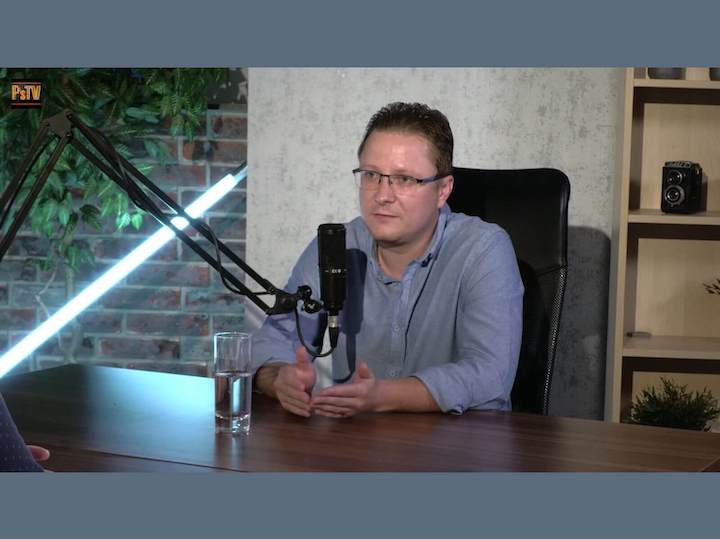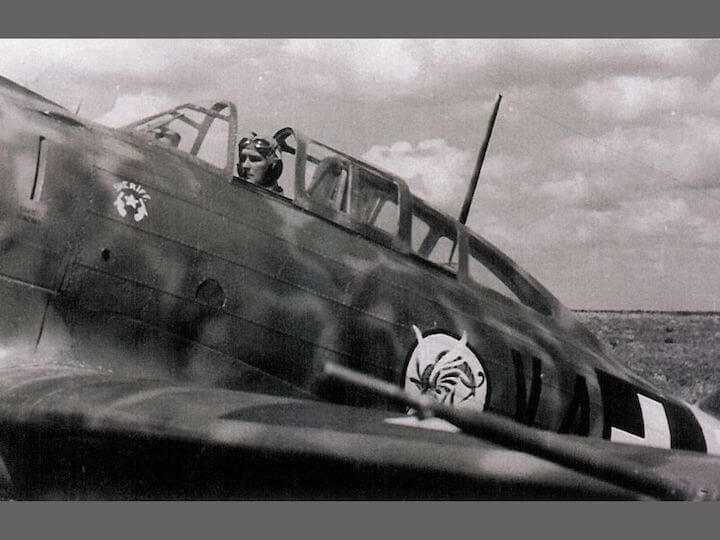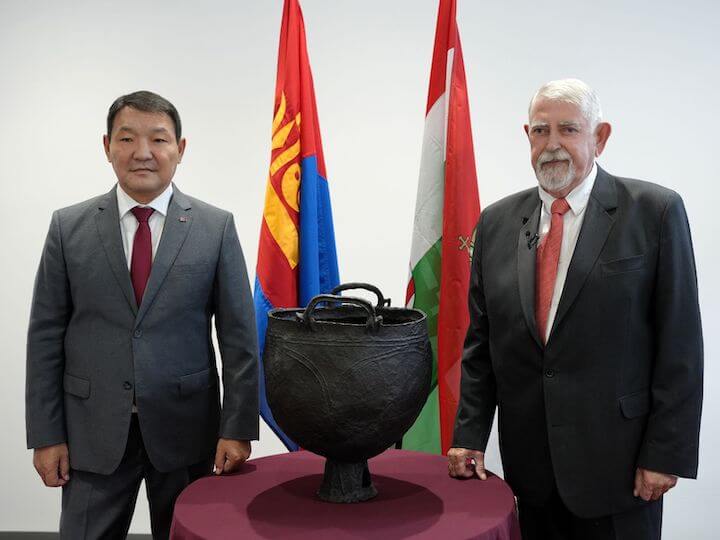
Nemcsak az igaz, hogy nyelvében él a nemzet, hanem az is, hogy nyelve nélkül elvész
„A magyar nyelv napjának kettős üzenete van. Egyrészt emlékeztet arra, hogy nyelvünket ápolni és fejleszteni kell, másrészt, különösen a trianoni országcsonkítás és nemzetfeldarabolás után arra, hogy éppen közös anyanyelve köti össze a Kárpát-medence (és a világ) minden magyarját, bárhol is éljen” – vallja a Magyarágkutató Intézet Magyar Nyelvtörténeti Kutatóközpontjának igazgatója. Dr. Pomozi Pétert a Vasárnap című lap szólaltatta meg a magyar nyelv hagyományairól és ünnepéről.
Nagy Imre nem értette forradalmat, de mártírhalála tiszteletet érdemel
Az Öreg vendége volt Raffay Ernő történész, az Antall-kormány volt honvédelmi államtitkára, és természetesen a fő téma az 1956-os forradalom-és szabadságharc megítélése volt. Raffay szerint ez választóvonal, mert akad, aki a mai napig ellenforradalomnak nevezi, sőt egyesek fasiszta lázadásnak.


Történelmi katasztrófába vitte az országot a Károlyi-kormánnyal hatalomra kerülő szabadkőművesség
A Magyarságkutató Intézet főigazgatói tanácsadóját, Prof. Dr. Raffay Ernőt a magyarországi páholyok és Trianon összefüggéseiről kérdezték a Spirit Fm „Eredet” című műsorában.
Együttműködés a Magyarságkutató Intézet és a Nemzeti Színház között
Együttműködési megállapodást írt alá a Magyarságkutató Intézet és a Nemzeti Színház. A kooperáció elősegíti a két szervezet szakmai, tudományos munkáját a történelmi hitelesség és a magyar identitás megőrzése érdekében.


Az erőszakos magyarosítás máig élő mítosz
A Pesti Srácok Honi felderítés című műsora a magyar történelem ismeretlen és félreismert epizódjai közül a nemzetiségeket elnyomó Magyar Királyság hamis narratíváját járta körül. A már a XIX. századi nyugat-európai lejárató kampány által is terjesztett és a mi tudatunkban is meggyökerezett rágalom szerint az Osztrák–Magyar Monarchia a népek börtöne volt.
Horthy István repülőhalála
A kormányzóhelyettes halálával a nemzet reménysége szállt sírba. Vajon véletlen baleset, emberi mulasztás, esetleg német szabotázs történhetett?


Szenttamás második ostroma – 1848. augusztus 19.
Amikor százhetvenöt évvel ezelőtt a rácok kirobbantották a délvidéki „kis-háborút”, a Ferenc-csatorna partján fekvő Szenttamás lakosságát 8000 rác és 3500 magyar alkotta. A Szerbiából érkezett szerviánusok által felhergelt véreik elüldözték az ottani magyarok zömét, akik ott maradtak, azokat felkoncolták vagy sáncásásra hurcolták, így építették ki 1848. június végére a Szenttamás körüli sáncokat.
Egy fiumei magyar nyelvkönyvei
165 éve ezen a napon hunyt el kolgyári Császár Ferenc jogtudós, író és műfordító, a magyar mint idegen nyelv oktatástörténetének egyik fontos alakja, a Magyar Tudós Társaság levelező, majd tiszteleti tagja.


A restaurált hun üst visszakerül Mongóliába
Kétségtelenül a belső-ázsiai fémművességi körbe tartozik az a hun üst, amelyhez hasonlóak megtalálhatók már a korábbi évszázadok leletanyagában, s amelyet restaurálva a Magyarságkutató Intézet nevében Prof. dr. Kásler Miklós nyilvános keretek között a mai napon adott vissza Őexcellenciája Sainnyambuu Baatarjavnak, Mongólia magyarországi nagykövetének.
The Institute of Hungarian Research has reinstated the genuine past of the nation, restoring the truths of our chronicles
Published in the daily newspaper Magyar Nemzet, Balázs Ágoston's comprehensive overview entitled “Body and soul of the nation - Hungarians have straightened up after a hundred years of stooping and want to live again" sees the key to the survival of Hungary in the healing of the national soul and the restoration of our national consciousness.
